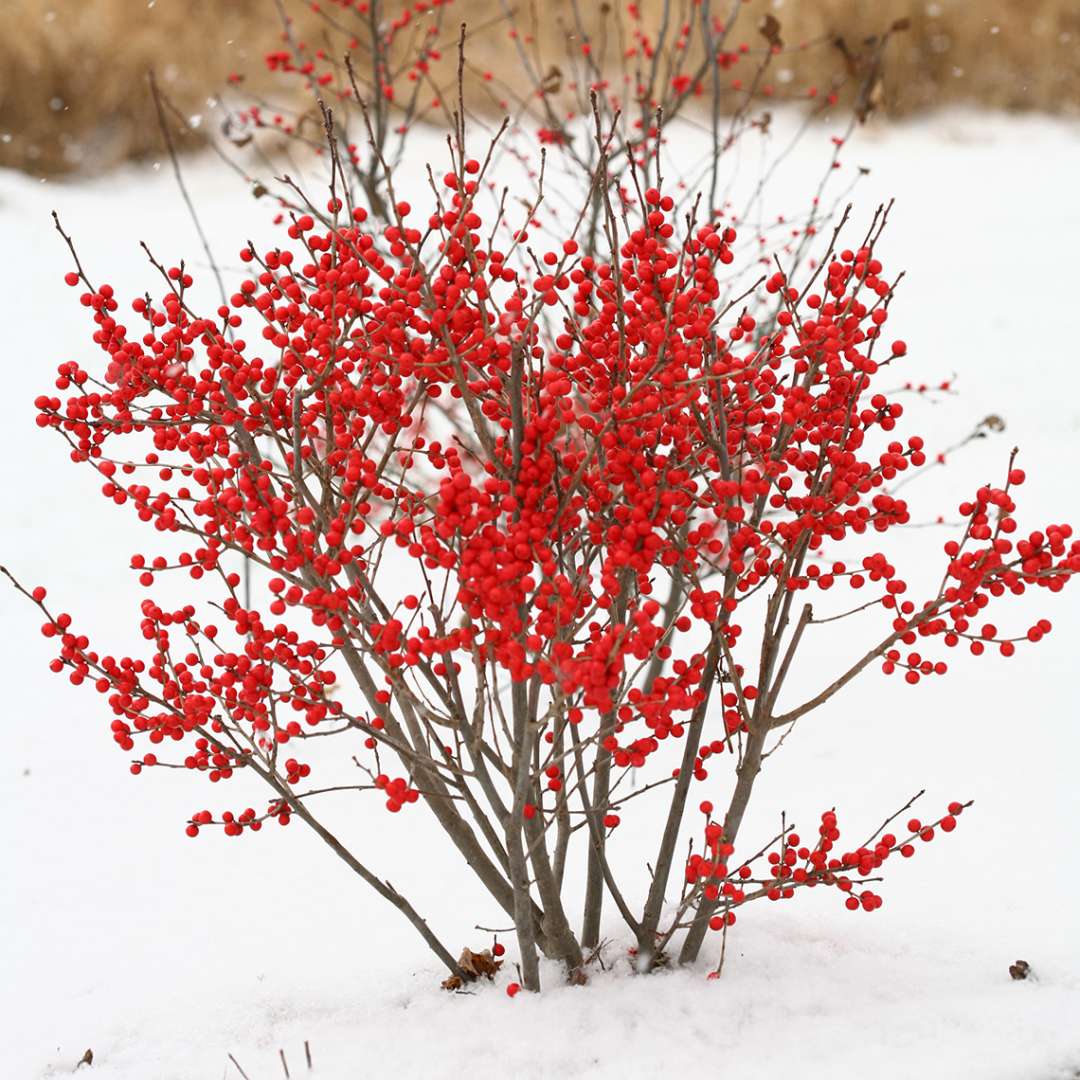It’s really common to hear people talk about putting their gardens to bed for the winter or doing their fall yard clean-up to close the landscape for the winter. While we don’t quite think our yards and gardens are ever totally asleep or fully closed, there are some tasks to take care of in the fall in preparation for the winter ahead. One of those tasks is cutting back and cleaning up your perennials to prepare them for dormancy.


As colder weather and shorter days creep in, our perennials will start to die out on us. The leaves, stems, and flowers may turn brown or black and get very dried out looking. All of the watering in the world can’t stop this withering, it’s just the time of year and the way things go. Depending on the perennial, this can happen as early as the beginning of September and others may not reach this point until late October. We usually want to take steps to clean these dried out, not-so-nice-looking plants out of our landscapes at this time, once the majority of the plant is not longer fresh and green.
RELATED: What’s Happening in the Fall Landscape?

RELATED: Taking Control of Your Fall Leaves: Why It Matters
Before we go much further, let’s chat for a quick minute about these spent perennials that we’re getting ready to clean up. First, remember that cutting these back is really something we’re doing for our own benefit. Nature knows how to take care of itself so, if we just left them be, they would survive just fine. Actually, there are some really important roles that these play in the ecosystem. Dried perennials can have prominent seed heads like on a coneflower or black-eyed susan that help feed birds over the winter. Many also have hollow stems that provide overwintering habitat for our “good guy” insects. If you have perennials in a less noticeable part of your landscape, consider leaving them alone until new growth emerges in the spring so they can provide those resources through the winter. If you need to cut back the dead growth, consider bundling it up and putting it in a less noticeable area of your yard like behind your shrubs, in a wooded space, or in a compost pile. If you can help it, just don’t throw them in the yard waste and have them hauled off. (Unless they’re diseased, then always remove disease from your property.) Your ecosystem will thank you!
RELATED: Taking Control of Your Fall Leaves: What to Do With Them

Okay, time to learn all about cutting these guys back. You’ll want a good, sharp pair of small hand pruners. We live and die by our Felco hand pruners. The F6s are perfect for this job and are really great for women. They are smaller than the F2s but they are plenty for cutting back perennial stems. Highly, highly recommend these pruners as a staple tool for every she-shed! You’ll see us putting them to work in the photo below and in our recent Instagram reel.

Once you’ve got your pruners, you’re ready to go! Follow the above-ground stems down to the base and trim the stalks off, leaving about 1” or so of stem above the soil surface. You could cut them all the way to the ground but leaving these tiny stumps helps you find the patches of perennials in your yard in the future. So, for example, if you start planting something new in the spring, you won’t accidentally start digging where you already have perennials because you’ll be able to see a little patch of tiny stalks.
Get your Free Planting Guide to correctly install every plant, every time!
As many perennials fade out, they may still have green leaves or growth at the soil surface even though the rest is dried out and brown. You’ll see this in our reel as well. If there are green, surface leaves, leave them alone. They are definitely still working hard to feed the root system as long as they are there and are helping prepare the plant for next year’s growing season.

That’s really all there is to it! Don’t forget to bundle up those stalks and stash them away somewhere outdoors for the winter. Once temperatures are consistently above 50 degrees again in the spring, feel free to get rid of them then.
Getting the yard tidy after a summer of crazy wild growth is always a good feeling! If you head outside to try your hand at this, don’t forget to tag us on Facebook and Instagram! We love seeing our plant lady community out and about, getting their hands dirty!








